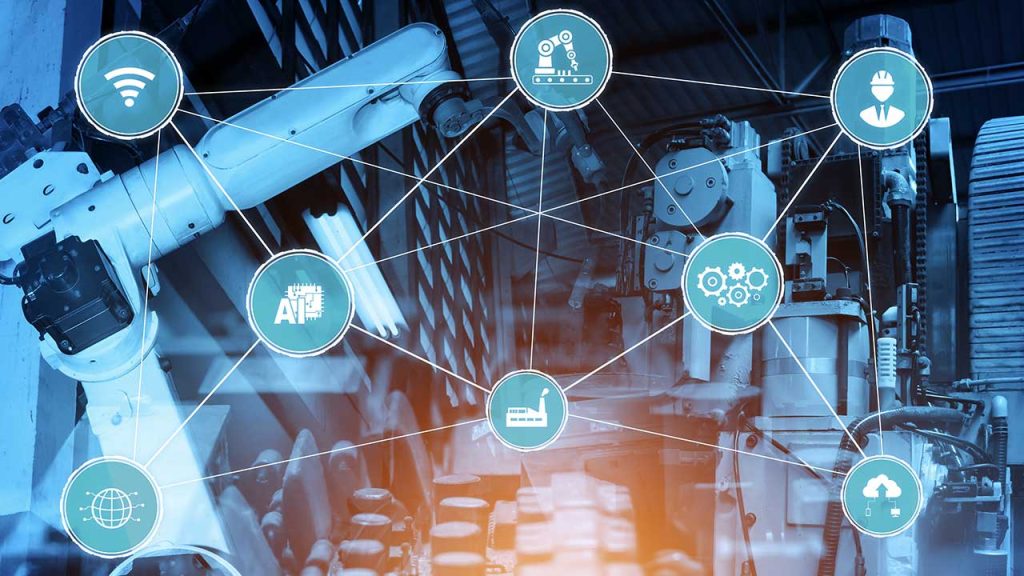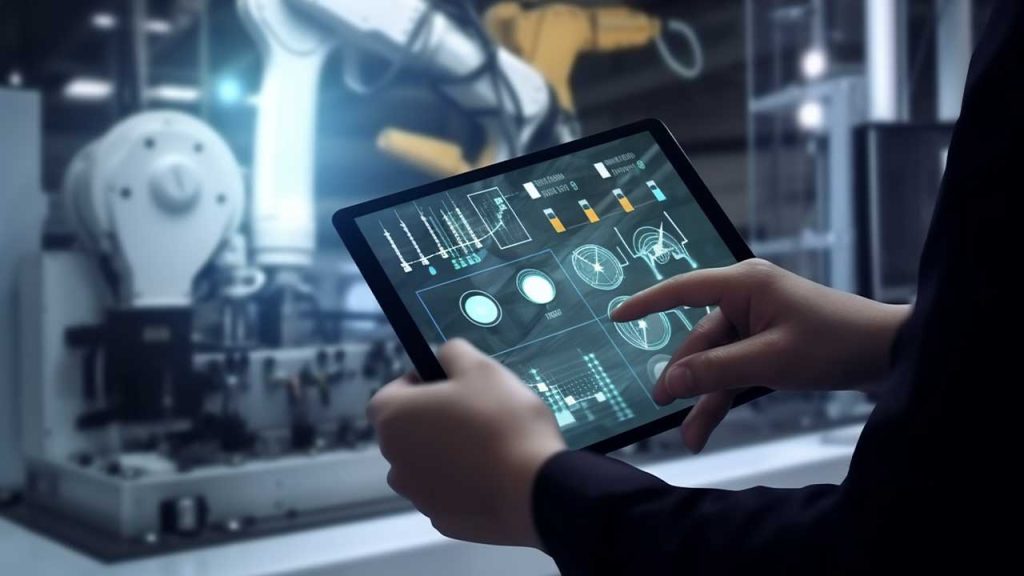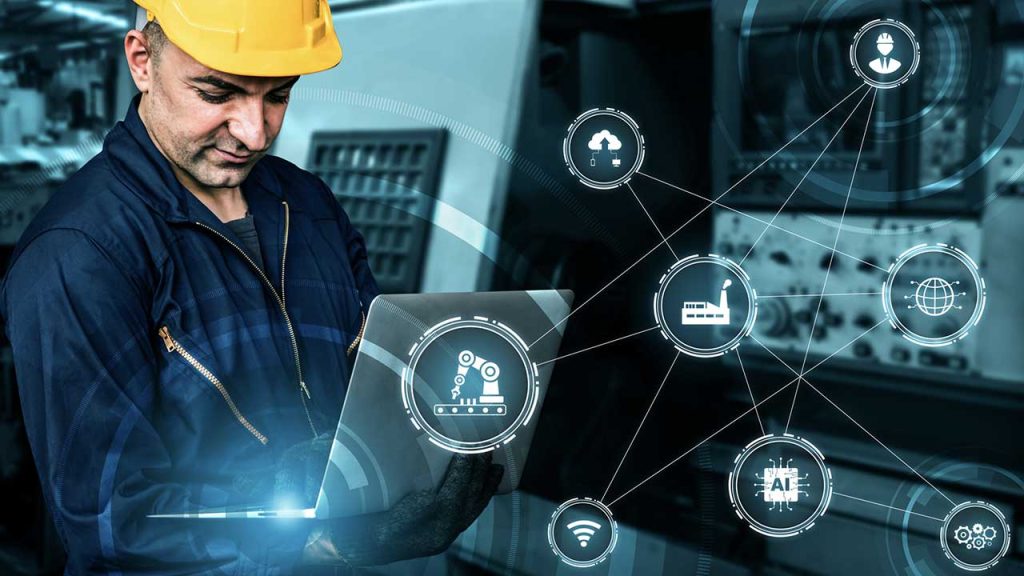
Your Million-Dollar IIoT Strategy is Being Sabotaged by Hundred-Dollar Radios
The industrial sector is in the midst of a seismic shift. With the market for digital transformation in manufacturing projected to reach $440 billion in 2025, leaders are rightly focused on harnessing the power of the Industrial Internet of Things (IIoT), AI, and advanced analytics to build the factories of the future. The ambition is […]
Read more →








